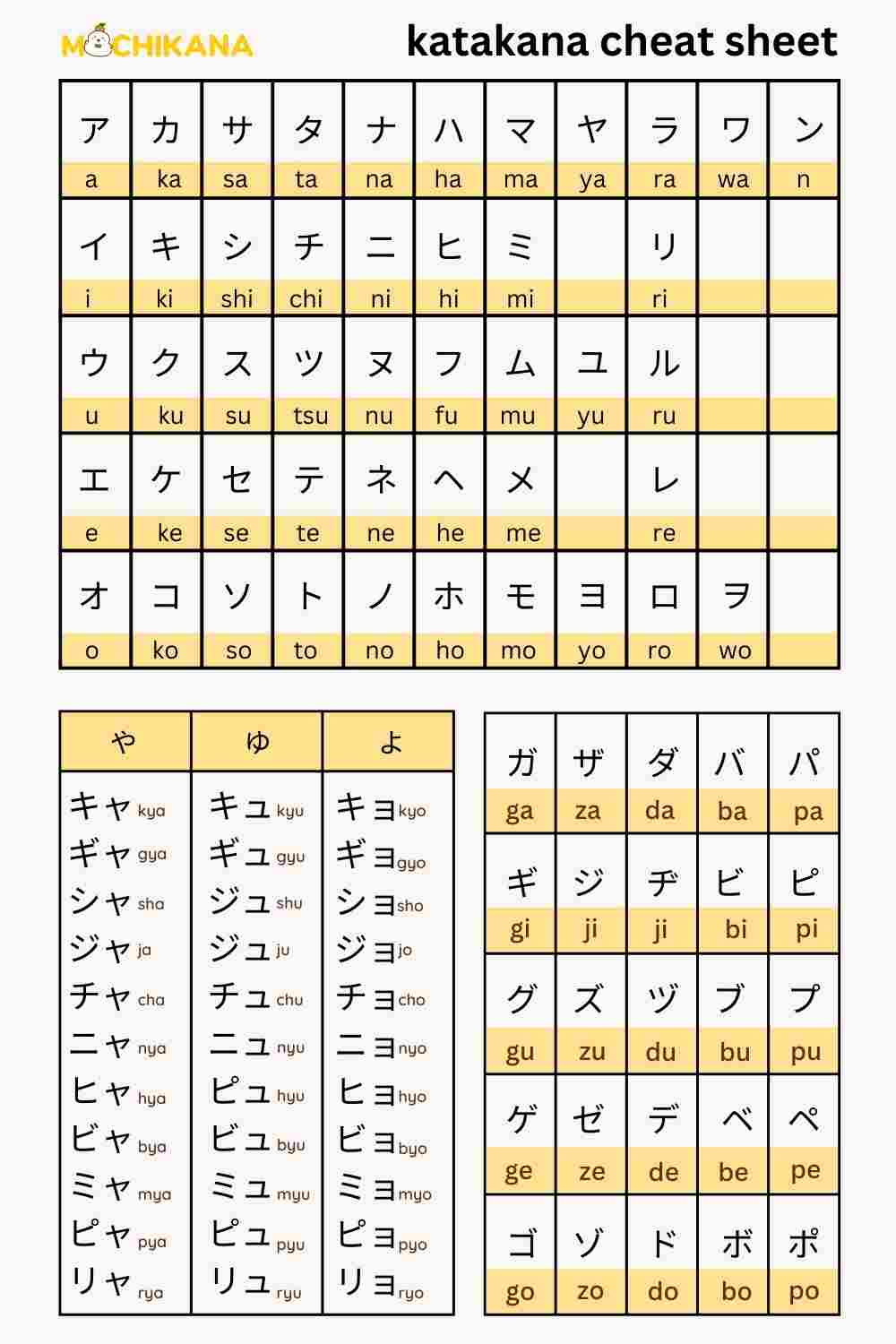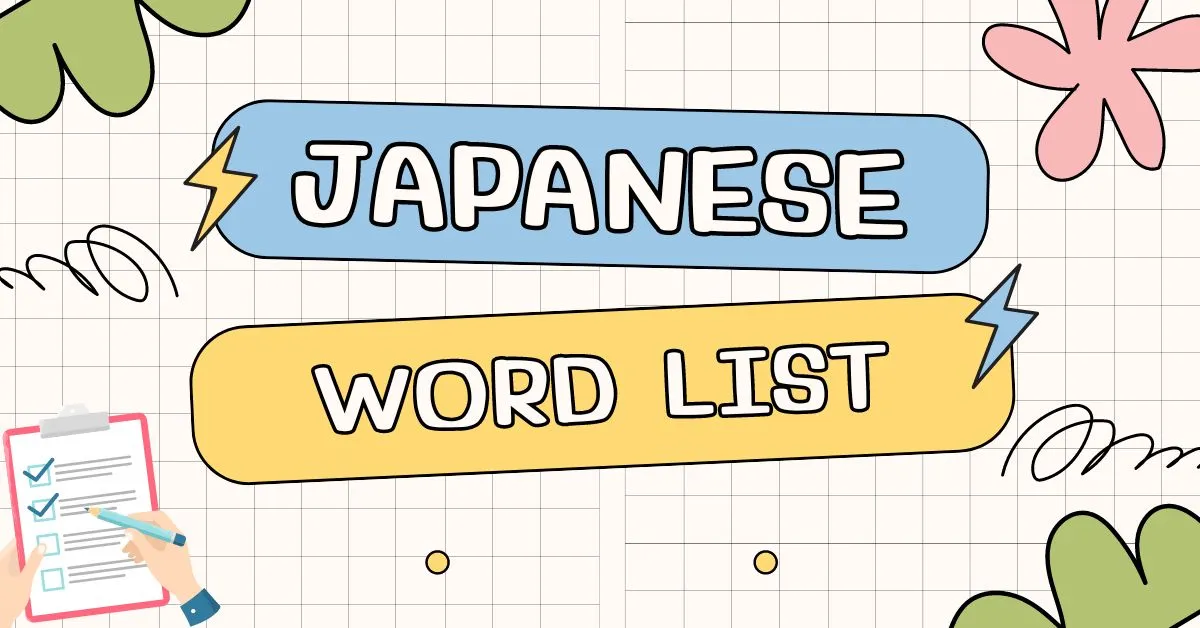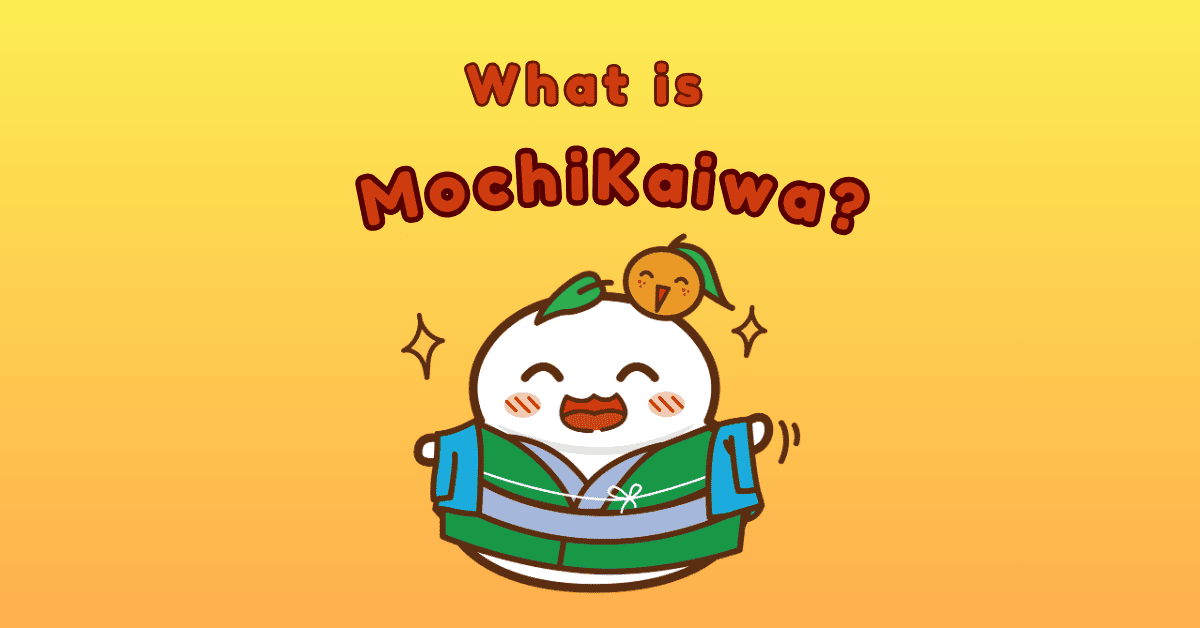Learning Japanese can seem daunting, especially when faced with the two syllabaries, Hiragana and Katakana. Both are essential parts of the Japanese writing system, and understanding their differences and uses is crucial for mastering the language. In this article, we’ll break down Hiragana vs Katakana, explain their uses, highlight their differences, and provide tips for mastering them quickly.
- About Hiragana
- About Katakana
- Differences Between Hiragana and Katakana
- Which One to Learn First?
- Tips for Mastering Them All
- FAQs

Hiragana: What Is It and How Is It Used?
Hiragana is one of the fundamental components of the Japanese writing system. It consists of 46 basic characters, each representing a distinct syllable. Hiragana is often the first script that learners encounter when studying Japanese.
Hiragana is a phonetic script, meaning each character corresponds to a specific sound rather than a specific meaning. This makes it straightforward for beginners to learn. The characters are cursive and rounded, making them visually distinct from the angular Katakana.
How Is Hiragana Used?
Hiragana is primarily used for native Japanese words and grammatical elements. Here are some common uses:
- Okurigana: Hiragana characters attached to Kanji to complete verb and adjective conjugations.
- Particles: Grammatical markers such as は (wa), が (ga), and を (wo) are written in Hiragana.
- Words Without Kanji: Some words, especially those that are very common or have no Kanji representation, are written in Hiragana (e.g., こんにちは (konnichiwa) – hello).
- Furigana: Small Hiragana characters written above or beside Kanji to indicate pronunciation, useful for learners and in children’s books.
Katakana: what about this one?

Characters from the Katakana chart are one of the other syllabaries in the Japanese writing system, consisting of 46 basic characters. Like Hiragana, each Katakana character represents a syllable, but the script is visually different.
Katakana is also phonetic, with each character representing a specific sound. The characters are more angular and straightforward compared to the cursive Hiragana.
MochiKana’s Katakana course offers a structured approach to mastering this essential Japanese script. It includes interactive lessons that cover both basic and advanced Katakana characters, complete with practice exercises and mnemonics to reinforce learning. With engaging visuals and step-by-step guidance, this course helps you efficiently learn and retain Katakana for everyday use.
How to use Katakana?
Katakana is used mainly for foreign words and names, technical and scientific terms, and onomatopoeia. Here are some specific uses:
- Loanwords: Foreign words that have been adopted into Japanese (e.g., コーヒー (koohii) – coffee).
- Foreign Names: Names of foreign people and places (e.g., トーマス (Tomasu) – Thomas).
- Scientific and Technical Terms: Often written in Katakana for clarity (e.g., コンピュータ (konpyuuta) – computer).
- Onomatopoeia: Sound words (e.g., ピカピカ (pika pika) – sparkling).
Differences Between Hiragana vs Katakana
When comparing Hiragana vs Katakana, several key differences emerge:
Appearance
- Hiragana: Characters that are round and cursive. They often flow together, making them look softer.
- Katakana: Characters are angular and sharp. They tend to be more blocky and straightforward.
Usage
- Hiragana: Used for native Japanese words, grammatical functions, and words without Kanji.
- Katakana: Used for foreign loanwords, foreign names, scientific terms, and onomatopoeia. Katakana can sometimes be used to emphasize something.
These differences in appearance and usage make each script suited to different functions in written Japanese.
Which One to Learn First?
In most cases, learners and tutors choose to start with Hiragana first, and then Katakana later. Here’s why:
Learning Hiragana First
- Foundation for Grammar: Since Hiragana is used for grammatical elements and native words, it provides a solid foundation for understanding sentence structure.
- More Common in Texts: Hiragana appears more frequently in everyday texts, children’s books, and basic reading materials.
Learning Katakana Second
- Exposure to Loanwords: After mastering Hiragana, learning Katakana helps in understanding and using foreign words and names.
- Technical and Scientific Terms: Katakana is essential for reading and understanding technical and scientific terms.
Tips for Mastering Hiragana and Katakana Fast
Mastering Hiragana and Katakana can be a quick and enjoyable process with the right approach. Here are some tips:
1. Use a Good Textbook: Kananyumon
- Kananyumon is a highly recommended textbook for learning both Hiragana and Katakana. It provides structured lessons, practice exercises, and clear explanations that help in solidifying your understanding.
2. Utilize Mnemonics
- Mnemonics are memory aids that help in recalling the shapes and sounds of characters. For example, the Hiragana character あ (a) can be remembered by associating its shape with the sound of an “apple” (which starts with “a”).
3. Implement Spaced Repetition Systems (SRS)
- SRS tools like Anki or MochiKana use algorithms to help you review characters at optimal intervals, ensuring that you retain what you learn over the long term.
4. Use Learning Apps: MochiKana

MochiKana is an excellent tool for practicing both Hiragana and Katakana. It offers interactive quizzes, detailed writing practice, and comprehensive progress tracking. Additionally, it features mnemonic aids and flashcards with audio and images, making learning more engaging and effective.
In summary, understanding Hiragana vs Katakana is essential for anyone learning Japanese. Hiragana is used for native words and grammatical elements, while Katakana is used for foreign words and names. Despite their differences in appearance and usage, both scripts are fundamental to Japanese literacy. Start with Hiragana to build a solid grammatical foundation, then move on to Katakana for foreign terms. By using resources like Kananyumon, mnemonics, SRS, and apps like MochiKana, you can master these scripts quickly and efficiently. Happy learning!
FAQs
Is it better to learn hiragana or katakana?
It is generally better to start learning Hiragana first. Hiragana is used more frequently in daily Japanese writing, especially for native Japanese words, grammatical functions (like particles and verb endings), and children’s books. Mastering Hiragana early on will help you read and write basic sentences in Japanese, as it forms the foundation for many aspects of the language. After getting comfortable with Hiragana, you can move on to Katakana, which is mainly used for foreign words, names, and onomatopoeia (sound effects). While both scripts are essential, Hiragana is typically learned first because it’s more commonly used.
Do Japanese usually use hiragana or katakana?
Hiragana is used far more frequently than Katakana in everyday Japanese writing. Most Japanese text, such as books, newspapers, and signs, relies heavily on a combination of Hiragana and Kanji. Hiragana is used for grammatical components (like particles, verb endings, and native Japanese words), while Katakana is reserved for foreign loanwords, names, certain proper nouns, and technical or scientific terms. In practical terms, you’ll see Hiragana much more often than Katakana, except in contexts that involve foreign words or specific stylistic choices.
What is the difference between katakana and hiragana and kanji?
- Hiragana: A syllabary used mainly for native Japanese words, grammatical functions (like particles and verb endings), and children’s texts. Hiragana characters have a rounded, flowing appearance and represent syllables rather than individual sounds.
- Katakana: Another syllabary that serves a similar phonetic purpose but is primarily used for foreign loanwords, names of foreign places, and onomatopoeia. Katakana characters tend to have a more angular, sharp appearance.
- Kanji: Logographic characters borrowed from Chinese, representing entire words or ideas. Kanji are used for nouns, verb stems, and important parts of the language. Each Kanji character conveys a specific meaning, and there are thousands of them in the Japanese language, though around 2,000 are used in daily life.
Why don’t Japanese use only hiragana?
The Japanese language doesn’t rely solely on Hiragana because Kanji adds clarity, efficiency, and nuance to writing. Japanese uses a mix of Hiragana, Katakana, and Kanji to make sentences easier to understand. Without Kanji, sentences written only in Hiragana would be much harder to read due to the lack of visual separation between words and the high number of homophones (words that sound the same but have different meanings).
For example, in a sentence full of homophones, Kanji helps distinguish words and their meanings at a glance. Kanji also allows for shorter, more compact writing, as many ideas can be represented with just one character rather than several syllables. Additionally, Katakana is used for foreign words and certain stylistic purposes, making the language more versatile and visually distinct.






